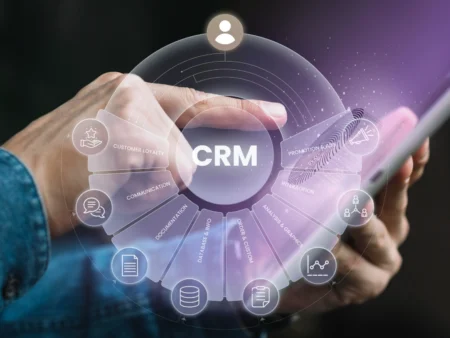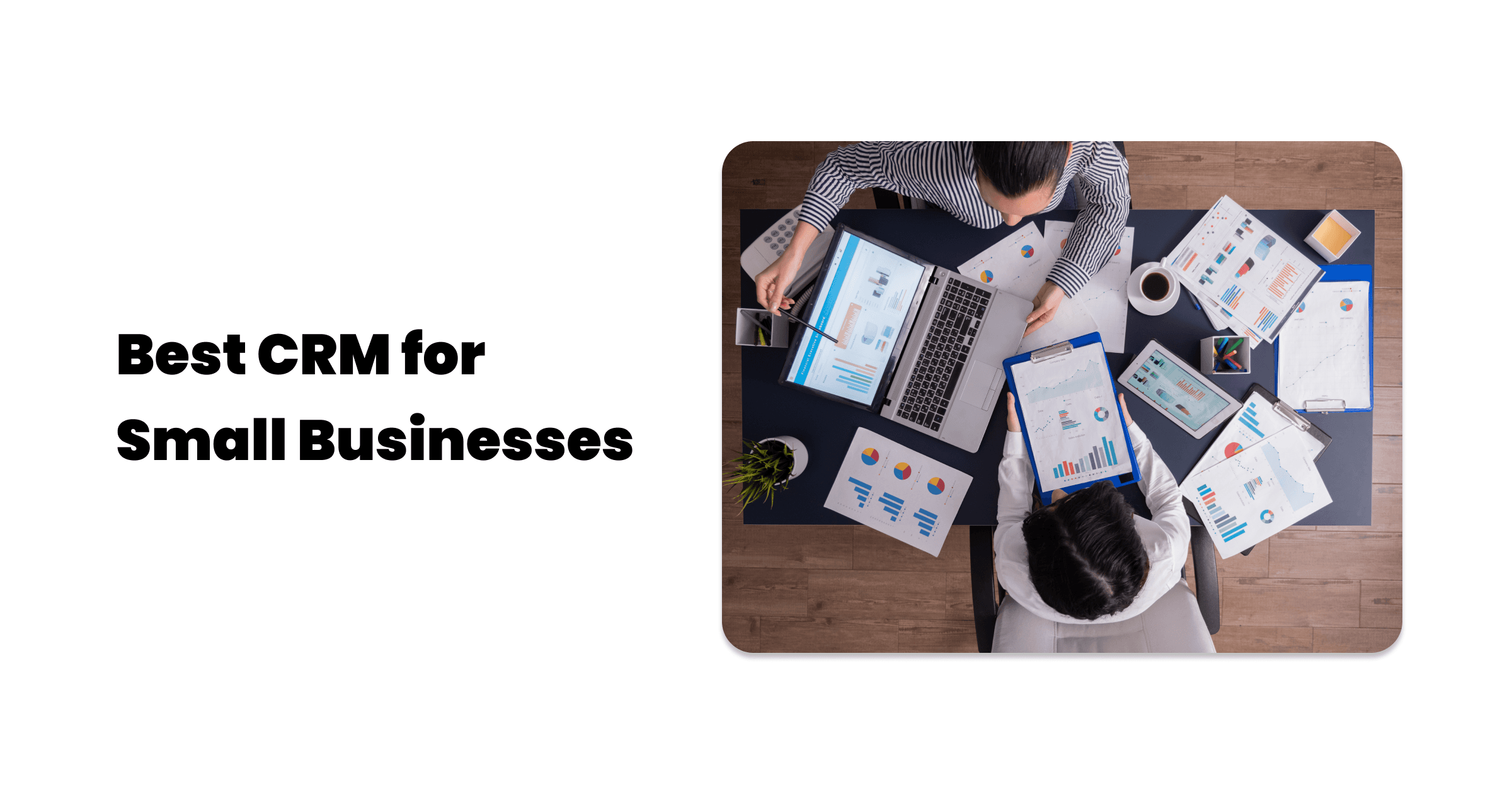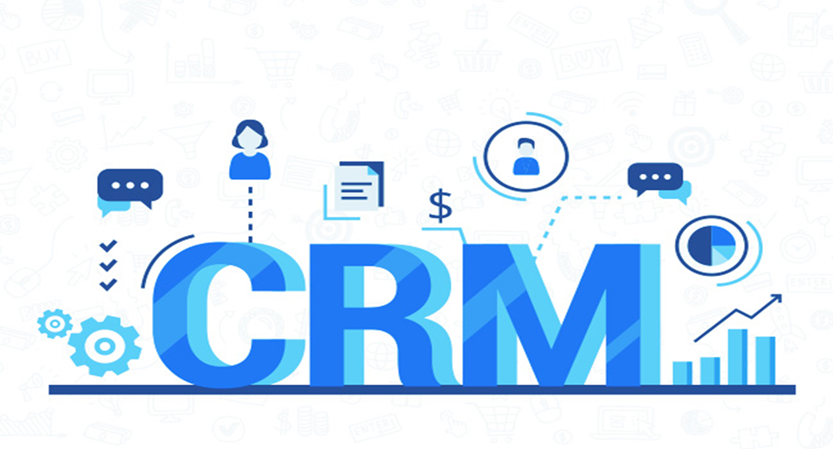
Boost Customer Retention and Drive Sales: A Comprehensive Guide to CRM, Marketing, and Loyalty Rewards
In today’s competitive business landscape, simply acquiring customers isn’t enough. The real key to long-term success lies in fostering lasting relationships, encouraging repeat purchases, and building a loyal customer base. This is where the powerful combination of Customer Relationship Management (CRM) systems, strategic marketing, and compelling loyalty rewards programs comes into play. This comprehensive guide will delve into the intricacies of each element, exploring how they intertwine to create a robust strategy for customer retention, increased sales, and sustainable business growth.
Understanding the Core Components: CRM, Marketing, and Loyalty Rewards
Before we dive into the synergistic power of these three components, let’s establish a clear understanding of each:
Customer Relationship Management (CRM)
At its heart, a CRM system is a technology that helps businesses manage and analyze customer interactions and data throughout the customer lifecycle. It’s much more than just a contact database; it’s a centralized hub for all customer-related information. This includes:
- Contact Information: Names, addresses, phone numbers, email addresses, and other essential contact details.
- Interaction History: Records of all interactions with customers, such as emails, phone calls, support tickets, and social media engagements.
- Purchase History: Details of past purchases, including products or services bought, dates, and amounts spent.
- Customer Preferences: Information about customer preferences, interests, and behaviors, gathered through surveys, website activity, and other data points.
- Lead Management: Tools for tracking and nurturing potential customers through the sales funnel.
The primary benefits of a CRM system include:
- Improved Customer Service: Providing personalized and efficient support based on a complete understanding of the customer’s history and needs.
- Enhanced Sales Efficiency: Streamlining the sales process, qualifying leads effectively, and closing deals faster.
- Data-Driven Decision Making: Gaining valuable insights into customer behavior, sales trends, and marketing effectiveness.
- Increased Customer Retention: Building stronger relationships and proactively addressing customer needs, leading to higher customer lifetime value.
Marketing: The Art of Reaching and Engaging Customers
Marketing encompasses all the activities a business undertakes to promote its products or services to potential customers. It involves a wide range of strategies and tactics, including:
- Content Marketing: Creating valuable and engaging content, such as blog posts, articles, videos, and infographics, to attract and educate potential customers.
- Email Marketing: Sending targeted email campaigns to nurture leads, promote products, and build relationships.
- Social Media Marketing: Utilizing social media platforms to build brand awareness, engage with customers, and drive traffic to the website.
- Search Engine Optimization (SEO): Optimizing website content and structure to improve search engine rankings and attract organic traffic.
- Paid Advertising: Running paid advertising campaigns on platforms like Google Ads and social media to reach a wider audience.
Effective marketing is crucial for:
- Generating Leads: Attracting potential customers and capturing their contact information.
- Building Brand Awareness: Increasing visibility and recognition of the brand.
- Driving Sales: Converting leads into paying customers.
- Communicating Value: Effectively communicating the benefits of products or services to the target audience.
Loyalty Rewards Programs: Rewarding and Retaining Customers
Loyalty rewards programs are designed to incentivize repeat purchases and foster customer loyalty by offering rewards for specific actions, such as making purchases, referring new customers, or engaging with the brand. These programs come in various forms, including:
- Points-Based Programs: Customers earn points for every purchase, which can be redeemed for discounts, free products, or other rewards.
- Tiered Programs: Customers are assigned to different tiers based on their spending or engagement, with each tier offering increasing levels of rewards and benefits.
- Cashback Programs: Customers receive a percentage of their spending back in the form of cash or store credit.
- Partnership Programs: Partnering with other businesses to offer customers exclusive rewards and benefits.
The benefits of a well-designed loyalty rewards program are numerous:
- Increased Customer Retention: Encouraging repeat purchases and reducing customer churn.
- Higher Customer Lifetime Value: Increasing the total revenue generated by each customer over time.
- Improved Customer Engagement: Encouraging customers to interact with the brand and its products or services.
- Valuable Data Collection: Providing insights into customer behavior and preferences.
Synergistic Power: CRM, Marketing, and Loyalty Rewards Working Together
The true magic happens when these three components – CRM, marketing, and loyalty rewards – are integrated and working in harmony. This integrated approach allows businesses to create a seamless and personalized customer experience that drives engagement, retention, and revenue growth.
How CRM Enhances Marketing and Loyalty Programs
A robust CRM system acts as the central nervous system for the entire operation, providing the data and insights needed to personalize marketing efforts and optimize loyalty programs:
- Segmentation and Targeting: CRM data allows businesses to segment customers based on demographics, purchase history, behavior, and preferences. This enables targeted marketing campaigns that resonate with specific customer groups.
- Personalized Communication: CRM data enables the creation of personalized email campaigns, website content, and other communications that address individual customer needs and interests.
- Automated Marketing: CRM systems often integrate with marketing automation tools, allowing businesses to automate marketing workflows, such as sending welcome emails, abandoned cart emails, and re-engagement campaigns.
- Personalized Loyalty Rewards: CRM data can be used to personalize loyalty rewards, offering tailored rewards based on individual customer preferences and behaviors. For example, a customer who frequently purchases a specific product category could receive bonus points or exclusive discounts on related items.
- Tracking Program Performance: CRM provides data on the performance of marketing campaigns and loyalty programs, allowing businesses to track key metrics such as customer acquisition cost, customer lifetime value, and redemption rates.
Integrating Marketing with CRM and Loyalty Programs
Marketing plays a crucial role in driving traffic, generating leads, and engaging customers. When integrated with CRM and loyalty programs, marketing efforts become even more effective:
- Lead Nurturing: Marketing automation tools, integrated with CRM, can be used to nurture leads through the sales funnel by sending targeted emails and providing valuable content.
- Promoting Loyalty Programs: Marketing campaigns can be used to promote loyalty programs, encouraging customers to sign up and participate.
- Cross-Channel Marketing: Integrating CRM with social media, email marketing, and other channels allows businesses to create a consistent brand experience across all touchpoints.
- Measuring Marketing ROI: CRM data can be used to track the return on investment (ROI) of marketing campaigns by measuring metrics such as lead generation, sales conversions, and customer lifetime value.
The Role of Loyalty Programs in the CRM and Marketing Ecosystem
Loyalty programs are a powerful tool for building customer relationships, driving repeat purchases, and gathering valuable customer data. When integrated with CRM and marketing, loyalty programs become even more effective:
- Data Collection: Loyalty programs provide opportunities to collect valuable customer data, such as purchase history, preferences, and demographics. This data can be used to personalize marketing efforts and improve customer service.
- Customer Segmentation: Loyalty program data can be used to segment customers based on their spending and engagement levels, enabling businesses to target specific customer groups with relevant offers and promotions.
- Personalized Offers: Loyalty programs can be used to deliver personalized offers and rewards based on individual customer preferences and purchase history.
- Increased Customer Engagement: Loyalty programs encourage customers to interact with the brand and its products or services, increasing customer engagement and brand loyalty.
- Feedback and Insights: Loyalty programs can provide valuable feedback and insights into customer behavior and preferences, which can be used to improve products, services, and marketing efforts.
Implementing a Successful CRM, Marketing, and Loyalty Rewards Strategy
Implementing a successful strategy requires careful planning, execution, and ongoing optimization. Here are some key steps to consider:
1. Define Your Goals and Objectives
Before implementing any new strategy, it’s essential to define your goals and objectives. What do you want to achieve? Increase sales? Improve customer retention? Enhance brand loyalty? Clearly defined goals will guide your decision-making and help you measure your success.
2. Choose the Right CRM System
Selecting the right CRM system is critical. Consider your business needs, budget, and technical capabilities. Look for a system that offers the features you need, such as contact management, sales automation, marketing automation, and reporting. Some popular CRM systems include Salesforce, HubSpot, Zoho CRM, and Microsoft Dynamics 365.
3. Develop a Comprehensive Marketing Plan
Your marketing plan should outline your target audience, marketing channels, content strategy, and budget. Make sure your marketing efforts are aligned with your CRM data and loyalty program goals.
4. Design a Compelling Loyalty Rewards Program
Your loyalty program should be designed to reward customers for their loyalty and encourage repeat purchases. Consider the following factors:
- Rewards: Offer rewards that are valuable and relevant to your target audience.
- Earning Structure: Make it easy for customers to earn rewards.
- Redemption: Make it easy for customers to redeem rewards.
- Communication: Clearly communicate the benefits of the loyalty program to your customers.
5. Integrate Your Systems
Ensure that your CRM system, marketing automation tools, and loyalty program are integrated seamlessly. This will allow you to share data, automate workflows, and personalize customer experiences.
6. Train Your Team
Train your team on how to use the CRM system, marketing automation tools, and loyalty program. Make sure they understand the importance of customer data and how to use it to provide excellent customer service.
7. Monitor and Measure Your Results
Regularly monitor and measure your results to track your progress and identify areas for improvement. Key metrics to track include customer acquisition cost, customer lifetime value, customer retention rate, and redemption rates.
8. Continuously Optimize
The business landscape is constantly evolving, so it’s essential to continuously optimize your CRM, marketing, and loyalty rewards strategies. Analyze your data, identify areas for improvement, and make adjustments as needed.
Real-World Examples: CRM, Marketing, and Loyalty Programs in Action
Let’s look at some real-world examples of how businesses are successfully using CRM, marketing, and loyalty rewards to drive results:
Starbucks
Starbucks is a master of customer engagement. Their mobile app serves as a CRM, loyalty program, and ordering platform. Customers earn stars for every purchase, unlocking various rewards, such as free drinks, food items, and exclusive offers. The app also tracks customer preferences, allowing Starbucks to personalize its marketing efforts and offer targeted promotions.
Sephora
Sephora’s Beauty Insider program is a tiered loyalty program that rewards customers based on their spending. Members earn points for every purchase, which can be redeemed for rewards, such as samples, discounts, and exclusive events. Sephora uses its CRM system to track customer purchase history and preferences, enabling them to personalize email marketing campaigns and offer tailored recommendations.
Amazon
Amazon Prime is a subscription-based loyalty program that offers a wide range of benefits, including free shipping, exclusive discounts, and access to streaming services. Amazon uses its CRM system to track customer purchase history and browsing behavior, enabling them to personalize product recommendations and offer targeted promotions. Amazon also uses its customer data to improve its customer service and optimize its website.
Challenges and Considerations
While the benefits of integrating CRM, marketing, and loyalty rewards are significant, there are also some challenges and considerations to keep in mind:
- Data Privacy and Security: Protecting customer data is paramount. Ensure that you comply with all data privacy regulations, such as GDPR and CCPA.
- Data Quality: The accuracy and completeness of your data are critical. Implement data cleansing and validation processes to ensure data quality.
- Integration Complexity: Integrating different systems can be complex. Consider working with a qualified IT professional or consultant.
- Change Management: Implementing new systems and processes can require significant change management. Communicate effectively with your team and provide adequate training.
- Customer Experience: Always prioritize the customer experience. Ensure that your CRM, marketing, and loyalty rewards programs are designed to provide a positive and seamless customer journey.
The Future of CRM, Marketing, and Loyalty Rewards
The future of CRM, marketing, and loyalty rewards is bright. As technology continues to evolve, we can expect to see even greater personalization, automation, and integration. Here are some trends to watch:
- Artificial Intelligence (AI): AI will play an increasingly important role in personalizing customer experiences, automating marketing tasks, and predicting customer behavior.
- Hyper-Personalization: Businesses will be able to personalize marketing messages and offers to an even greater degree, based on individual customer preferences and behaviors.
- Omnichannel Marketing: Businesses will seamlessly integrate their marketing efforts across all channels, including email, social media, website, and mobile apps.
- Blockchain Technology: Blockchain technology could be used to enhance the security and transparency of loyalty programs.
- Voice Search and Conversational Marketing: Voice search and conversational marketing will become increasingly important as more customers use voice-activated devices.
Conclusion: Building Lasting Customer Relationships
In conclusion, the successful integration of CRM, marketing, and loyalty rewards is essential for building lasting customer relationships, driving repeat purchases, and achieving sustainable business growth. By understanding the core components, implementing a well-defined strategy, and continuously optimizing your efforts, you can create a customer-centric approach that will set your business apart from the competition. Embrace the power of data, personalization, and customer engagement to create a loyal customer base that will fuel your success for years to come. The future of business is about building relationships, and CRM, marketing, and loyalty rewards are the key to unlocking that future.

